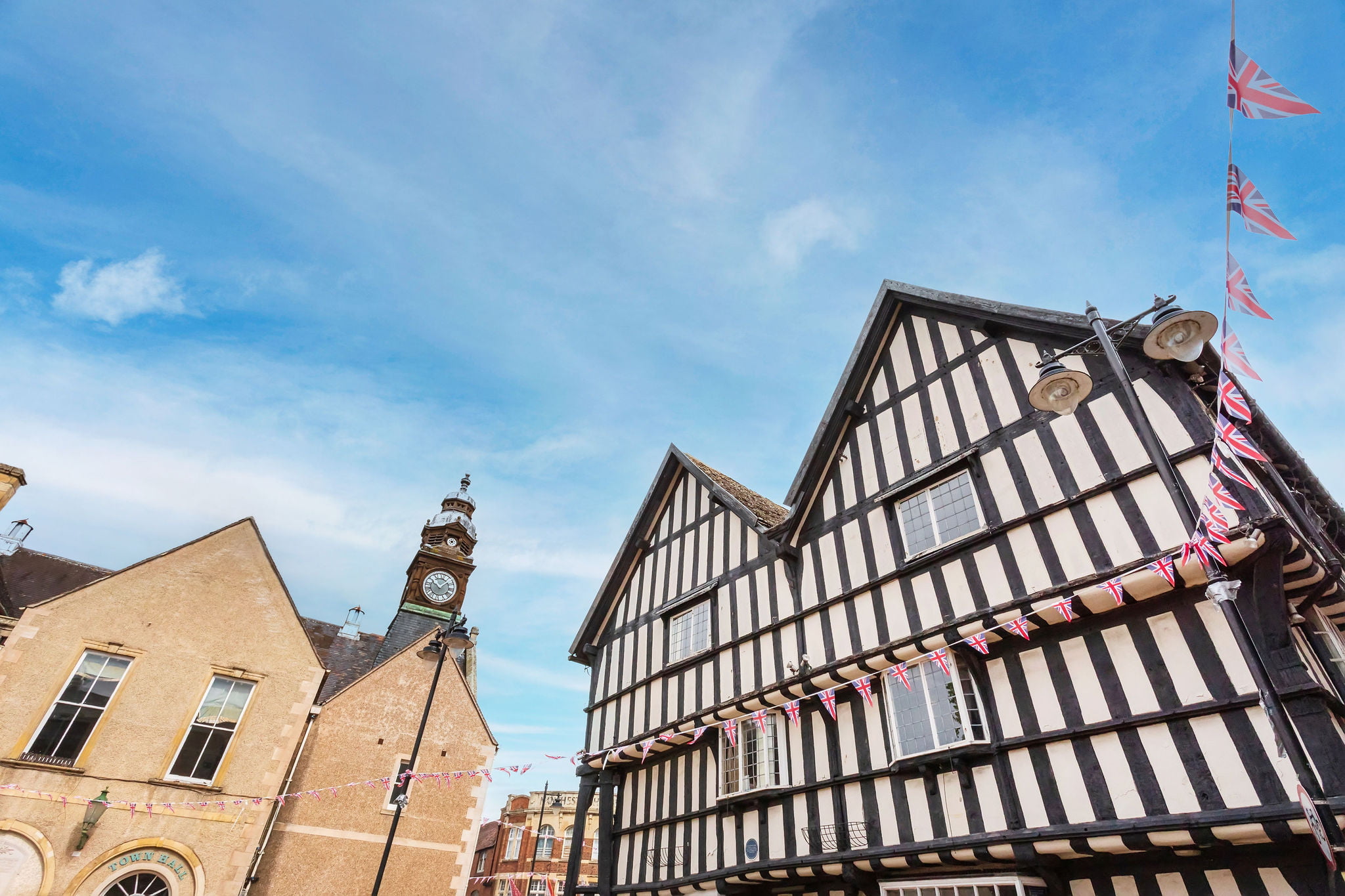Bad omens: when a property is not as good as it looks
Fresh paint, fluffy carpets and the smell of freshly baked bread are all good – first impression matters. And you should go with your gut instincts if it tells you that you like the property or not. But whatever feeling you may be having upon entering a house or apartment you are looking to buy, support it with facts. Once you enter the threshold, a crucial phase of your research begins. You are here to verify your assumptions and choose the best option the market can offer you. In one of our articles, we collected signs of a property’s hidden potential that can provide better value. Here we focus on the little kinks, chinks, and hiccups that you may be able to spot during the viewing and which need to be investigated straight away, otherwise these seemingly little things can turn into troublesome black holes sucking in your time and money.
Which is a hiccup, and which is an issue? A guide to seeing an actual state of a property.
Here are the champions in the category ‘the bad, the worse, and the ugly’ – of the property world.
Damp
If you are able to smell it, it’s bad. The most severe type – rising damp – is more likely to occur in older buildings, but inadequately proofed new ones can suffer from it as well. Look for tide lines on walls, grey or dark patches in the corners of ceilings, rotting floorboards. It does not make the property unsalvageable, but it is a significant problem that, if left untreated, may be a health risk. A specialist should be able to identify the cause of the damp and advise on the best treatment. In any case, good ventilation prevents condensation. Possible solutions may also include decent insulation.
Bad neighbours
They may be harder to get rid of than rising damp. And more difficult to live with. So when you are visiting a property, you are considering, have a peek into the adjacent gardens. Are they friendly and neat or forlorn, and even you do not want to give them a second look?
Warping
Door frames or window frames cracking or warping may be a sign of an issue severe in nature – the whole building sinking. Go outside and search for cracks that are widening to the top. If this is the cause, you won’t be able to solve it with a new wallpaper and a lick of paint. If you really, really, really like the property, but suspect this might be an issue, engage a professional surveyor to assess the risk on your behalf. If you decide to go for it regardless, you better know exactly what you’re getting yourself into.
Uneven slates on the roof
It’s a sign of a property older than it pretends to be. There’s nothing wrong with age, as long as the place is properly looked after. But if there are gaps in the roof tiles, it may be a sign of neglect, which in a property buyer’s language translates as ‘immediate repairs likely’.
The sound of silence
If possible, arrange a viewing during rush hour – when people are likely to return from work or school. If you can tell which one of the neighbours has entered the house just by the distinctive way they walk, then perhaps the noise level is higher than the expected average. Whereas this is not a deal breaker for many people, it is an element one needs to be aware of. Some people are highly sensitive, and the neighbouring school, bus stop or a hospital, may be too much for them to bare. The solution, apart from subscribing to a regular delivery of earplugs, insulate or choose a property in another spot.
These are all things to look out for when viewing a property. To find all of them in one is, luckily, extremely rare. Nonetheless, it’s good to be aware of the risks and should we spot them – potential remedies. Everything depends on the context of the property – and your budget. In the end, you decide what to spend it on, so make an educated choice.





